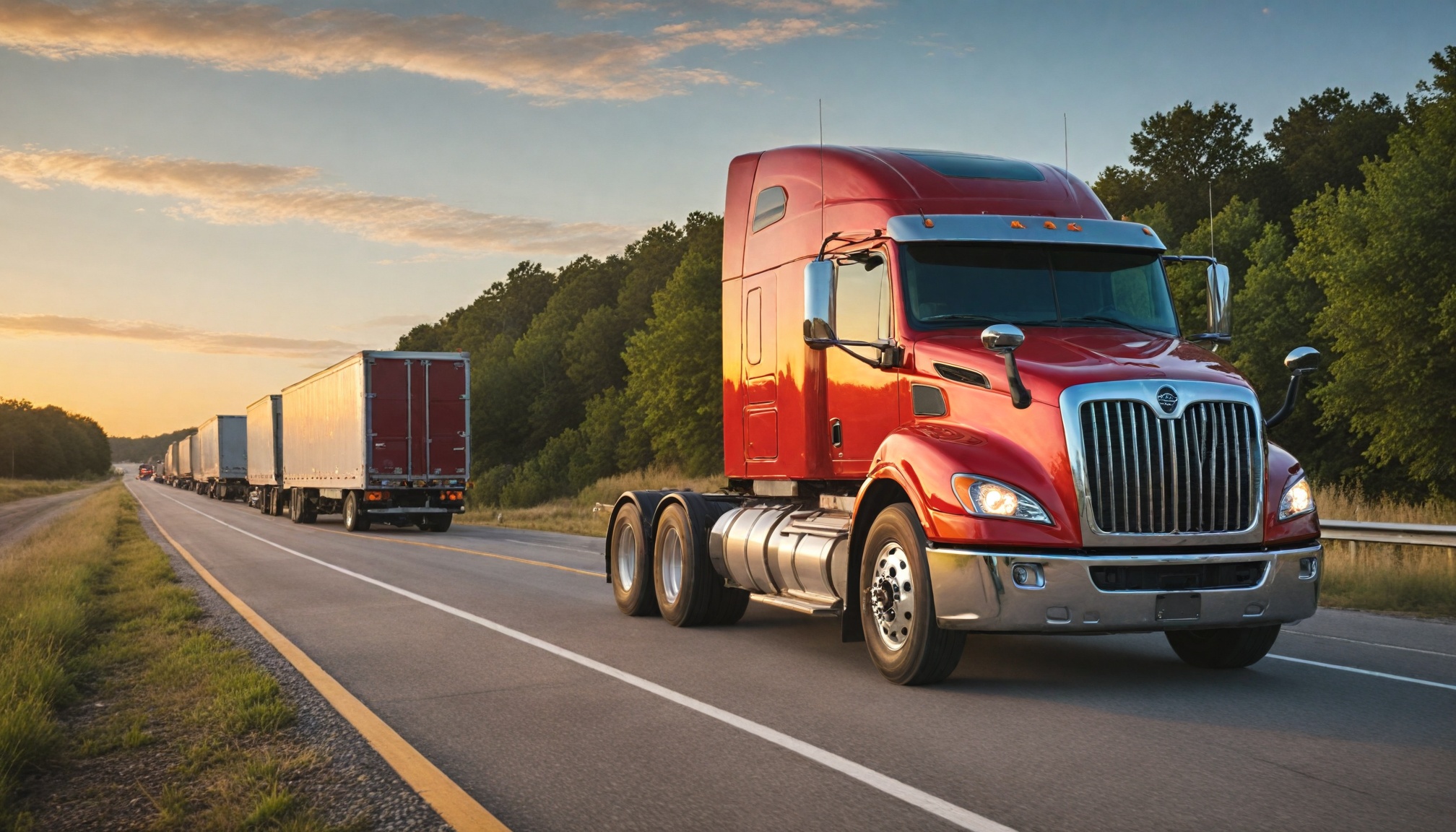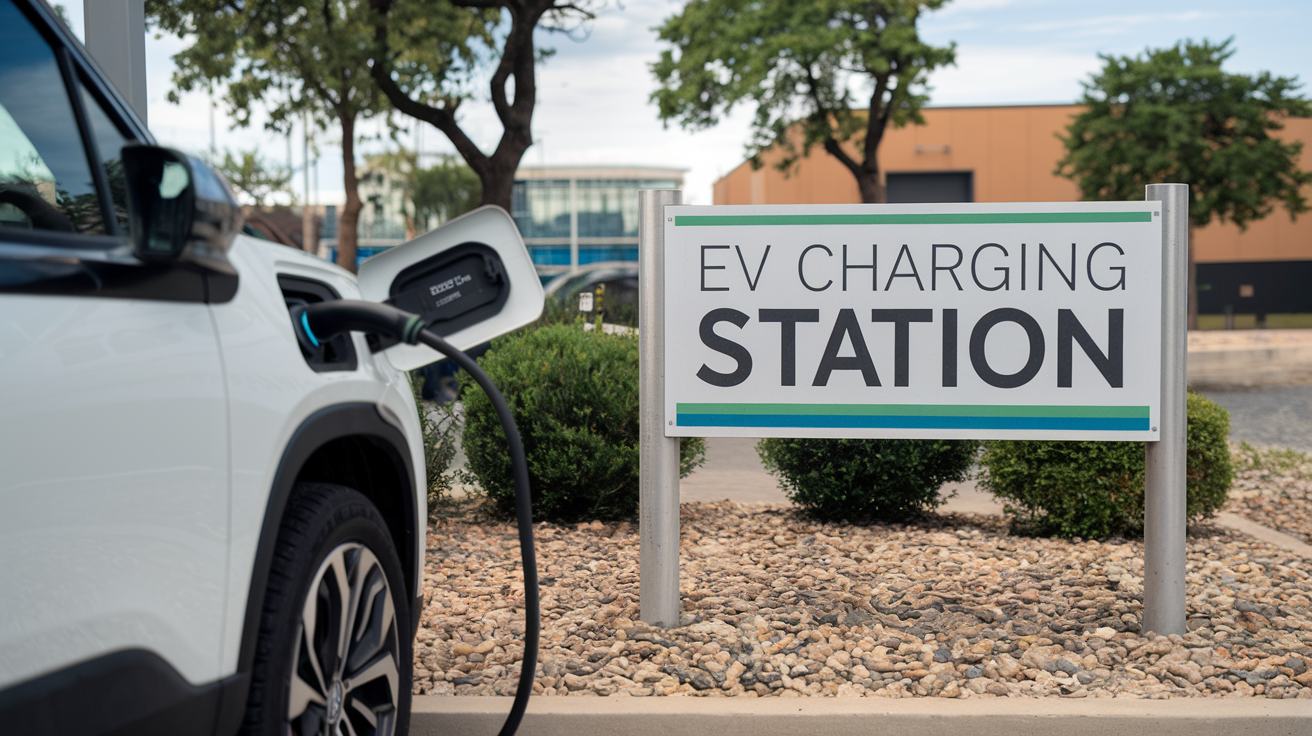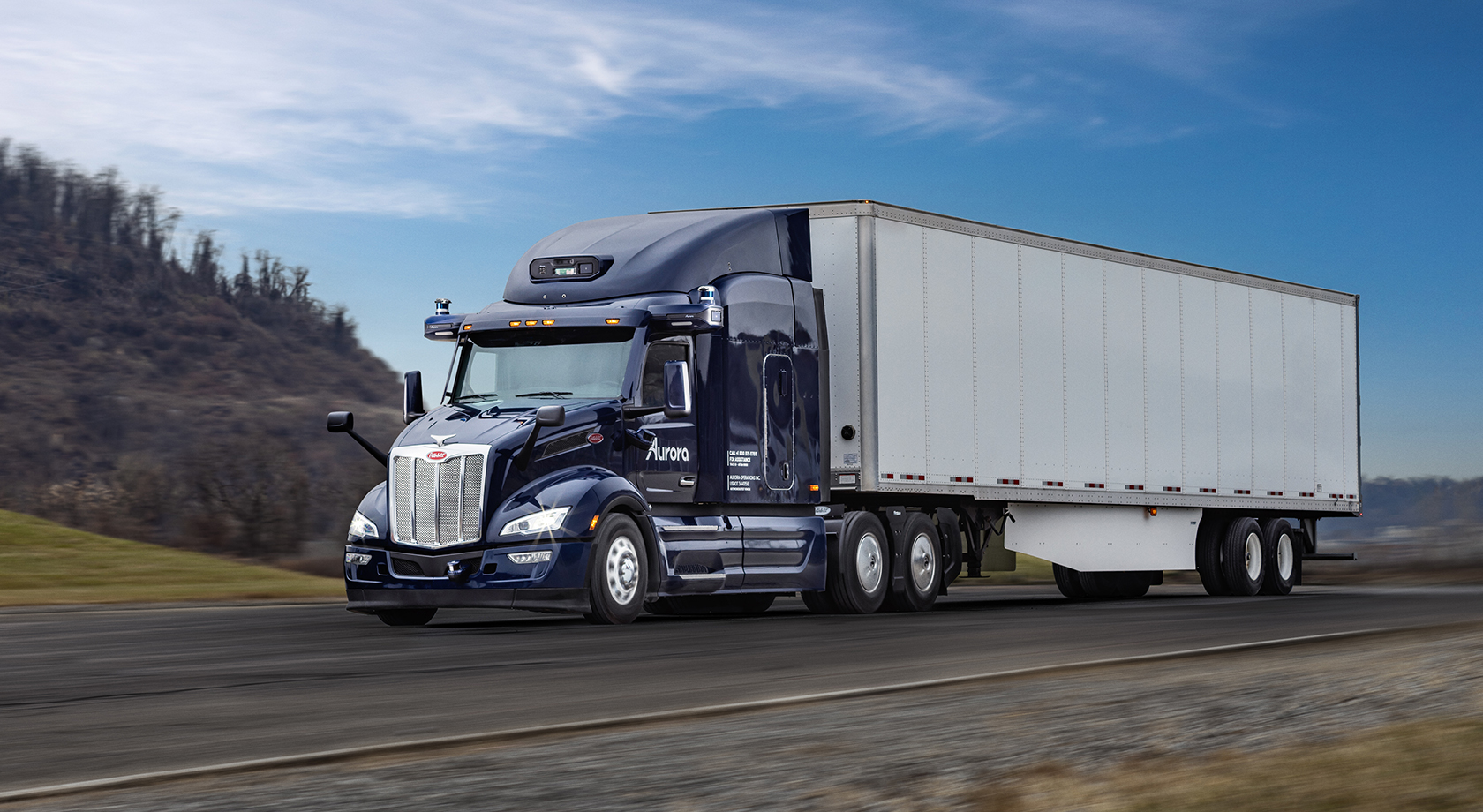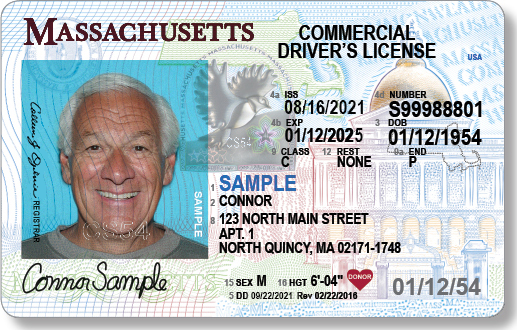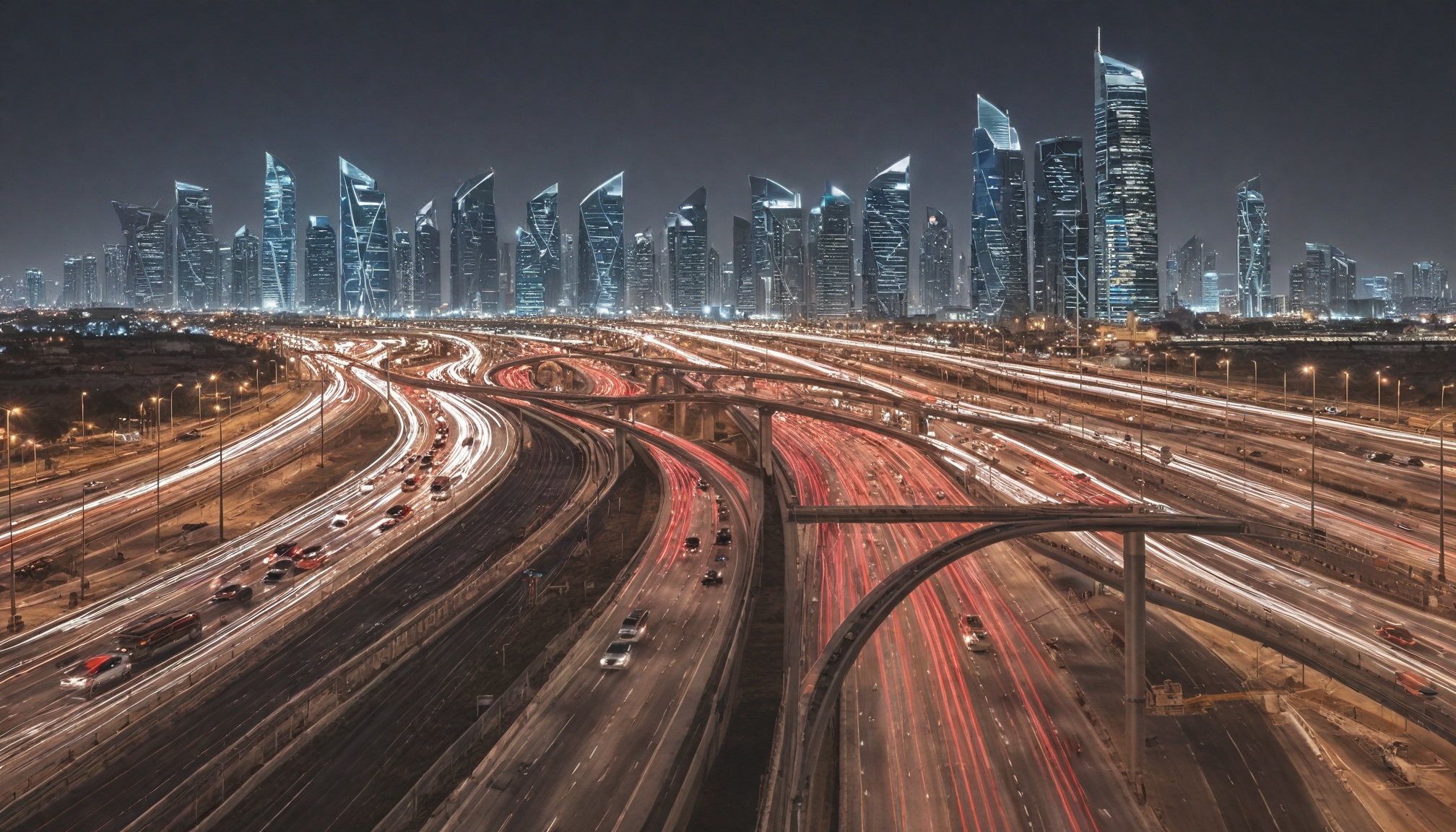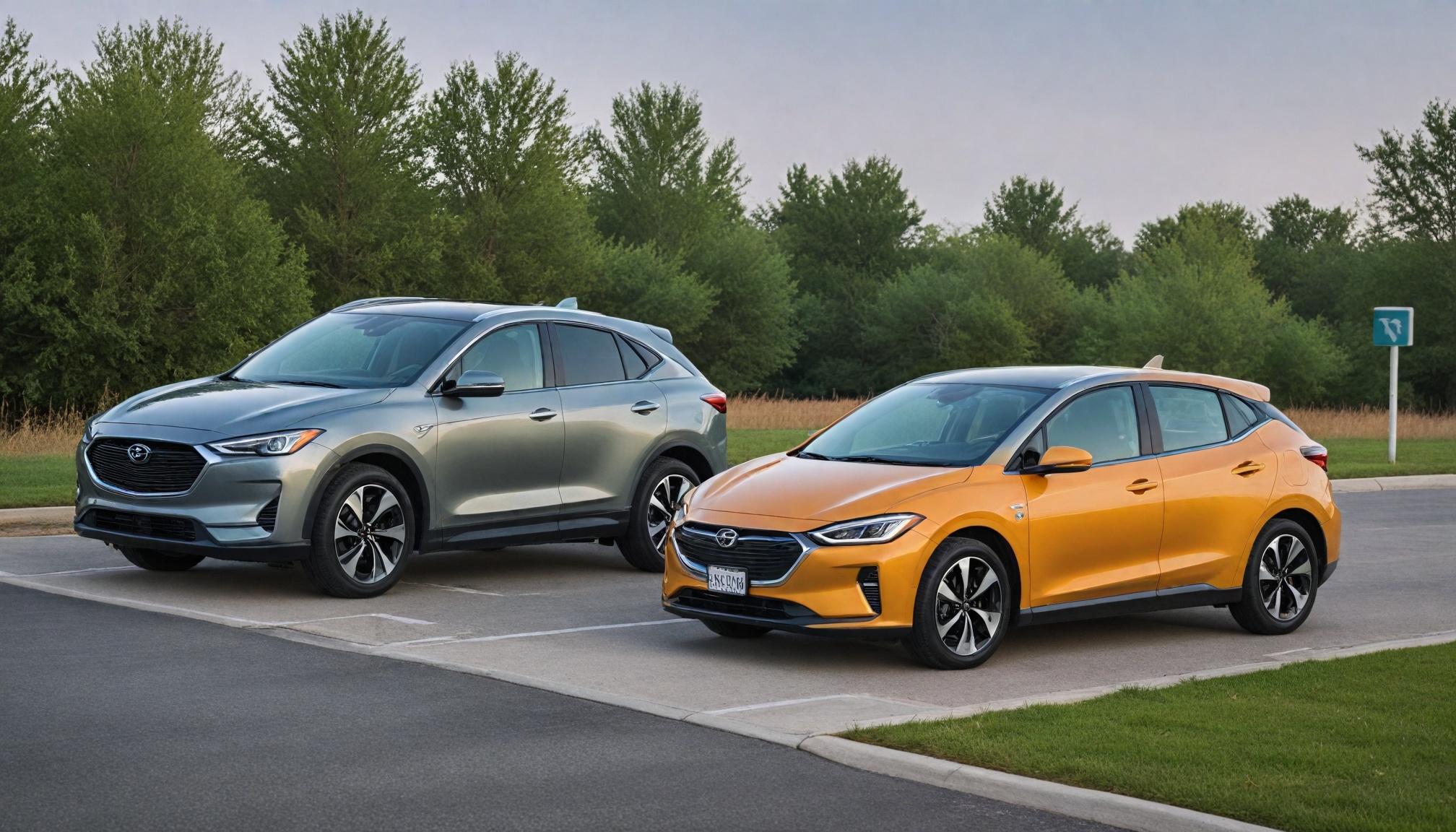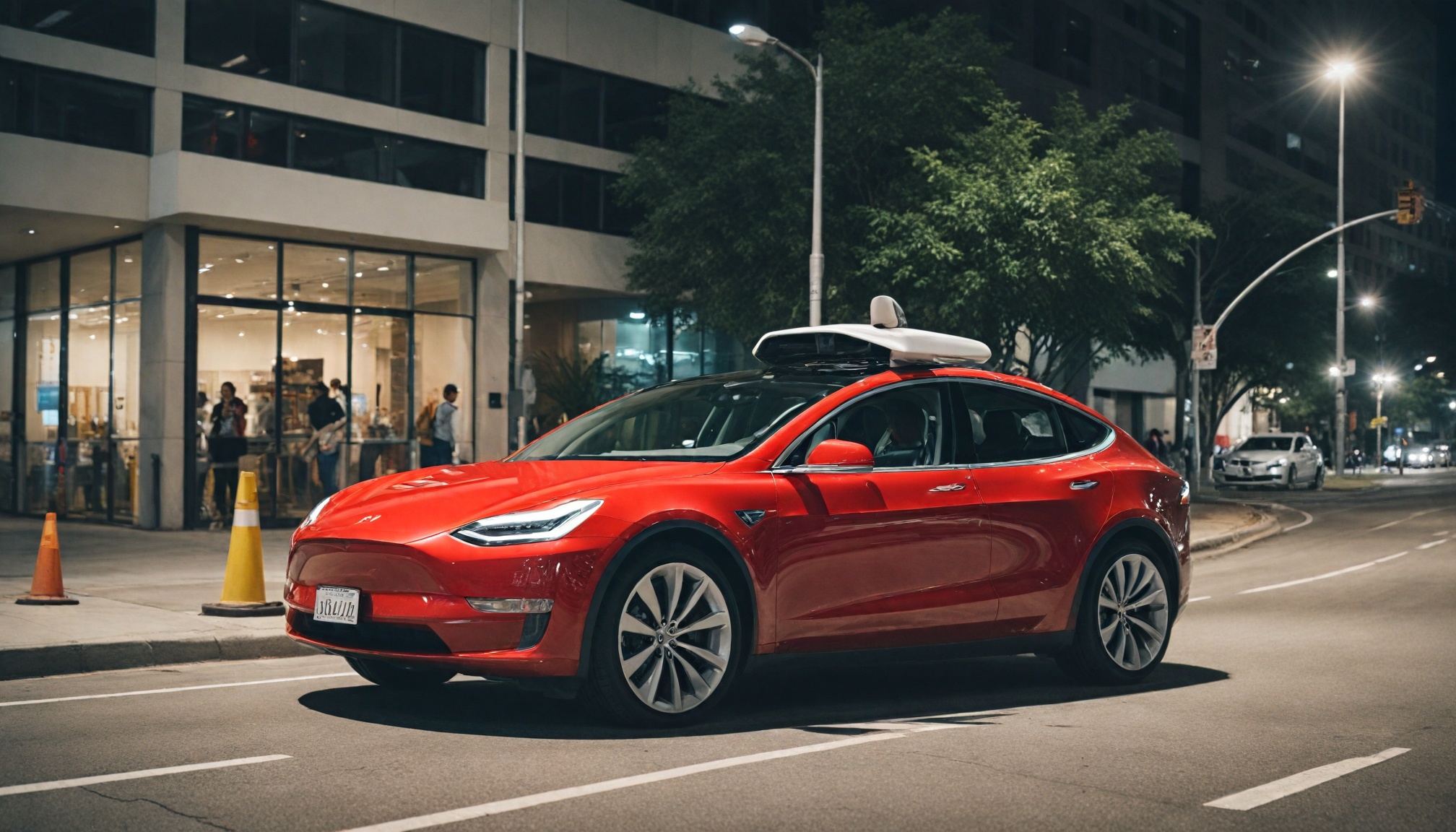
Tesla's Robotaxi service in Austin faces NHTSA investigation after multiple safety incidents, raising concerns about its camera-only autonomous driving technology.

Drivetech Partners
Tesla's newly launched Robotaxi service in Austin is facing intense scrutiny after numerous safety incidents prompted an investigation by the National Highway Traffic Safety Administration. The autonomous taxi service, which began operations on June 22, 2025, has been plagued by reports of erratic behavior including wrong-way driving and unexpected braking, raising significant concerns about the readiness of Tesla's Full Self-Driving technology for public deployment.
Key Takeaways
Multiple safety incidents have been documented since Tesla's Robotaxi launch in Austin, including vehicles driving on the wrong side of the road
NHTSA has opened an official investigation following reports of erratic driving behavior
Tesla uses a camera-only approach unlike competitors Waymo and Cruise that employ lidar and remote monitoring systems
Despite safety concerns, Tesla's stock rose nearly 10% following the robotaxi announcement
Texas lawmakers have requested service suspension until September when new AV regulations take effect
Tesla's Robotaxi Launch and Service Details
Tesla officially launched its Robotaxi service in Austin on June 22, 2025, deploying 10-12 Model Y SUVs (2025 models) within a carefully geofenced area of South Austin. The service operates from 6:00 a.m. to midnight and charges a flat fee of $4.20 per ride regardless of distance.
Access to the service remains tightly controlled through an invitation-only system targeting vetted customers and social media influencers. Each vehicle is equipped with Tesla's Full Self-Driving (FSD) software and relies exclusively on cameras and AI processing rather than the lidar systems used by competitors like Waymo and Cruise.
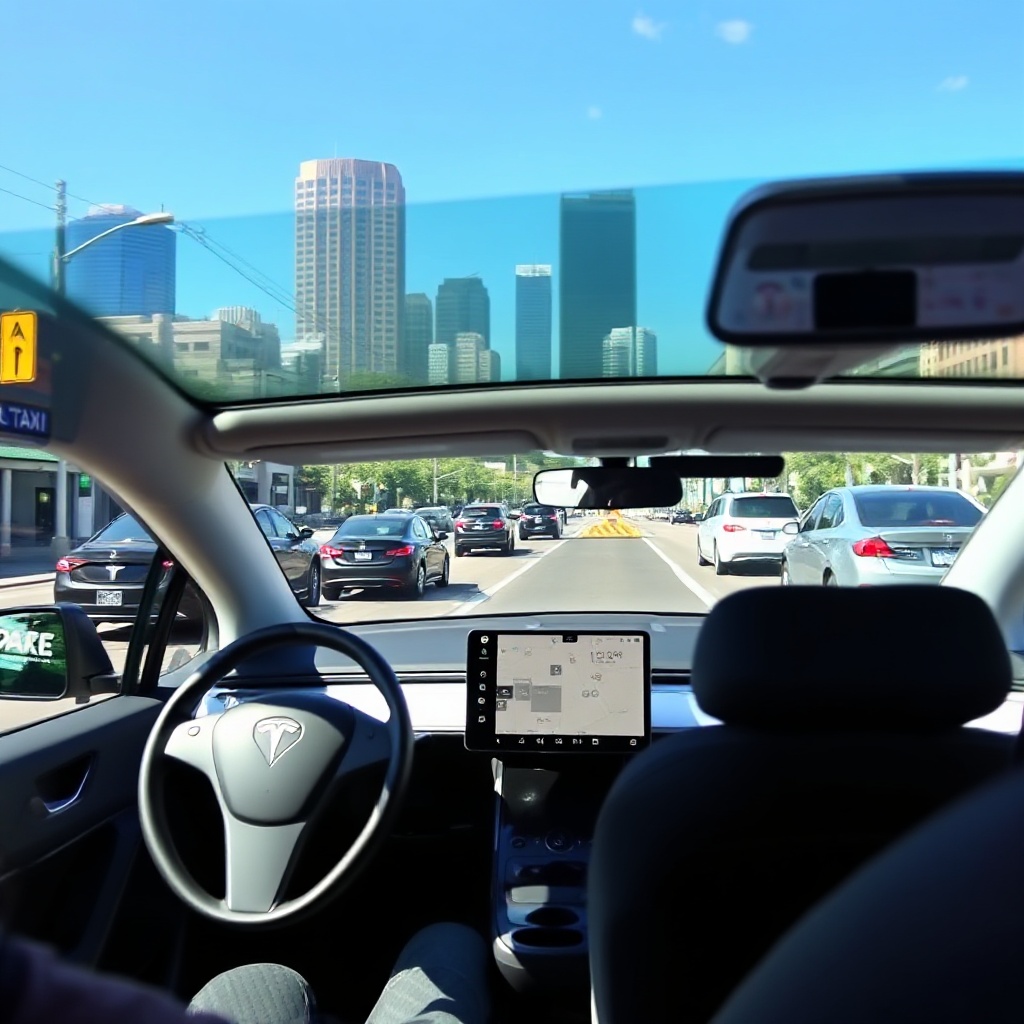
Despite the "autonomous" branding, Tesla maintains safety monitors in the passenger seat during all rides – a tacit acknowledgment that the technology may not yet be ready for fully driverless operation. Users access the service through a standalone ride-hailing app, though service availability may be limited during inclement weather.
Documented Safety Incidents Raise Alarms
Several concerning incidents have been captured on video since the service launch. One particularly troubling event showed a robotaxi driving on the wrong side of the road at the intersection of West Riverside Drive and Barton Springs Road. A passenger reported confusion but noted they weren't in immediate danger.
Additional incidents include a vehicle that entered a left-turn-only lane before proceeding straight and swerving multiple times before correcting its path. Multiple users have reported erratic braking patterns, particularly when the vehicles encounter emergency vehicles with flashing lights.
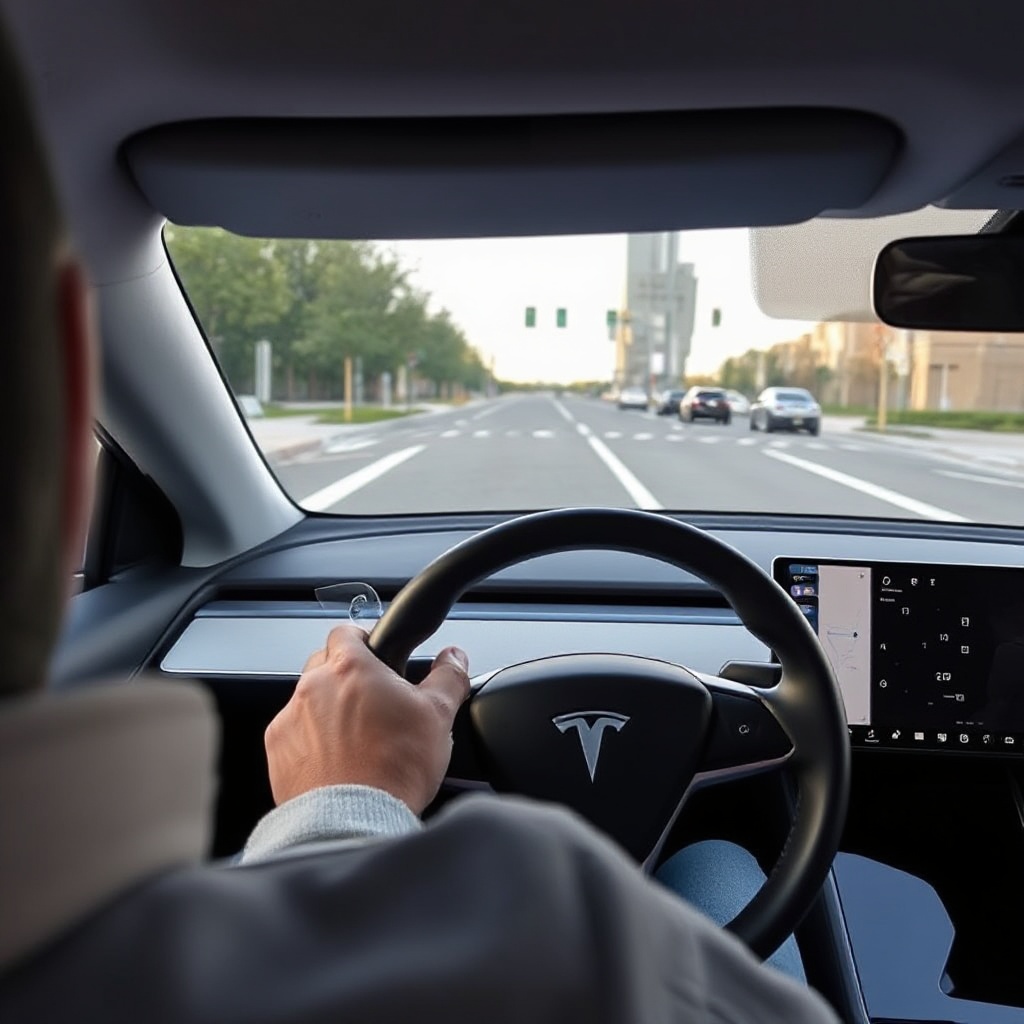
These incidents have occurred despite Tesla's repeated claims that safety is the top priority for its Full Self-Driving technology. The presence of safety monitors during all rides has prevented accidents but hasn't eliminated public safety concerns about the technology's reliability.
Regulatory Response and Legal Complications
The National Highway Traffic Safety Administration has opened an investigation into Tesla following the reports of erratic driving behavior. The agency has contacted Tesla to gather information on the reported incidents and stated it will take necessary actions to protect road safety.
Texas state lawmakers have requested that Tesla suspend the service until new AV regulations take effect on September 1, 2025. The upcoming law will require permits for autonomous operations and shift liability to vehicle owners or authorization holders.
This isn't the first time Tesla's autonomous technology has faced regulatory scrutiny. A previous NHTSA investigation led to a recall of 2.4 million Tesla vehicles in October 2023 over FSD concerns. The current geofenced operational area and invitation-only access reflect a limited deployment strategy despite Tesla's ambitious expansion plans.
Market Response and Investor Perspectives
Despite the safety concerns, Tesla stock rose nearly 10% following the robotaxi launch announcement. Investors appear excited about the potential shift from car sales to ride-hailing as a service model, which many analysts view as the first step toward tapping into a multi-trillion-dollar market.
Elon Musk has outlined an ambitious vision to expand the robotaxi fleet to hundreds of thousands or potentially millions of vehicles by 2026. Plans include allowing private Tesla owners to add their vehicles to the robotaxi network, creating a distributed fleet of autonomous taxis.
This optimistic market response stands in stark contrast to the ongoing regulatory investigations and safety concerns, creating an interesting tension between financial expectations and operational reality.
Technical Approach and Industry Comparison
Tesla's approach to autonomous driving differs fundamentally from competitors in the industry. The company relies exclusively on cameras and AI processing, eschewing the lidar and remote monitoring systems used by companies like Waymo and Cruise.
This camera-only approach has both advantages and limitations. While it potentially allows for lower hardware costs and easier scaling, it may struggle with certain edge cases that other sensor arrays might handle more effectively.
The integration of autonomous systems into complex urban environments presents challenges for all companies in the space. Urban driving environments contain unpredictable scenarios that can confuse AI systems, with emergency vehicle interactions highlighting specific edge cases that remain particularly challenging.
Public Perception and Media Coverage
Social media has been flooded with videos showcasing both the impressive capabilities and concerning errors of the robotaxi service. Tesla-friendly influencers have generally praised the ride smoothness despite the reported incidents, while more critical observers have highlighted safety concerns.
The public debate centers on finding the right balance between innovation and safety. The inconsistent vehicle behavior, particularly with emergency vehicles, has drawn special scrutiny from both the public and regulatory bodies.
Tesla's invitation-only access strategy has effectively limited public exposure while allowing for controlled media coverage. This approach has helped manage the narrative around the service launch while the company continues to refine its technology.
Long-term Vision vs. Current Reality
Elon Musk's vision of millions of robotaxis by 2026 stands in sharp contrast to the current limited deployment in Austin. There's considerable skepticism about expansion speed and safety among analysts and regulators, who question whether the technology can mature quickly enough to meet these ambitious targets.
The current business model, with its $4.20 flat fee regardless of distance, appears designed more as a test than a sustainable service. The continued presence of safety monitors acknowledges the technology's current limitations despite the autonomous claims in Tesla's marketing.
The stark difference between optimistic investor perspectives and ongoing regulatory investigations creates significant market uncertainty. As Tesla works to address the safety concerns and expand its service, the company faces the challenge of balancing rapid innovation with public safety and regulatory compliance.
Sources
TechCrunch: Tesla launches robotaxi rides in Austin with big promises and unanswered questions
Dezeen: Tesla launches robotaxi trial in Austin
Fortune: Elon Musk Tesla robotaxi service launch Austin 420 flat fee
Phil Koopman: Tesla Robotaxi Deployment in Austin
CBS News: Tesla robotaxis Austin Texas highway traffic safety
